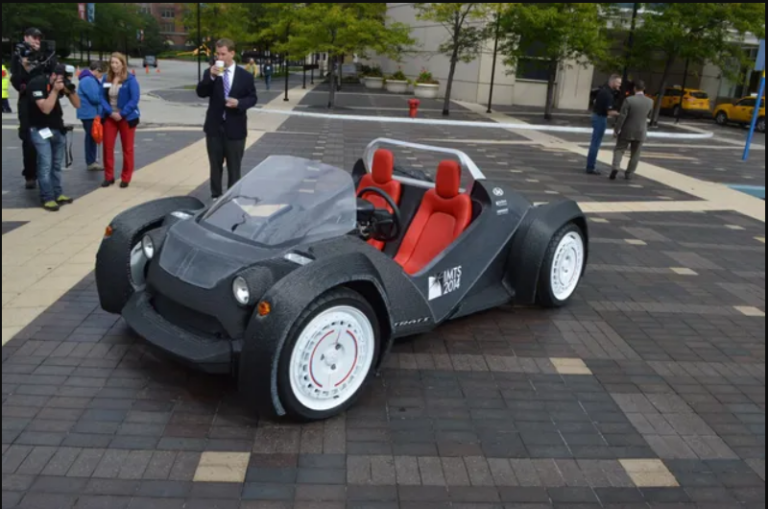3D Printing Explained
What is 3D Printing & How Does 3D Printing Work?
How It All Got Started
How Do 3D Printers Work?
Here are the steps taken in creating a 3D object:
Step One – Produce a 3D model using CAD or equivalent 3D design software.
Step Two – Convert the drawing to the STL (“standard tessellation language”) file format, which is a format developed for use in 3D printers.
Step Three – Transfer the STL file to the computer that controls the 3D printer. From there, you can specify the size and orientation for printing.
Step Four – Prepare for a new print job based on the requirements of the 3D printer you’re using. This may include refilling whichever additive you are using to make your object.
Step Five – Begin the building process. Since each layer is usually about 0.1 mm thick, this can take anywhere from hours to days to complete depending on the object’s size.
Step Six – Remove the object from the printer and avoid any contact with toxins or hot surfaces.
Step Seven – Perform any post-processing needed, which may involve brushing off residue or washing the object. This step will depend on the 3D printer being used. Keep in mind the new object may not be cured yet, so handle it carefully.
Step Eight – Use your new printed object!
What are the challenges?
- Creating useful 3D content is not easy. While anybody can whip up a document for printing, designing 3D data needs the use of sophisticated design software or scanning/digitizing hardware. The ability to use these products need training and investment and is beyond the reach of the average consumer.
- Not all 3D is created the same. Just because one can visualize a 3D image on the computer screen does not mean that it can be 3D printed. 3D printers require 3D data to conform to certain geometric constraints as well as to be of a specific format. This means that there is a need for “middle-ware” software systems that take input 3D data and convert it to 3D data that is amenable to be 3D printed. Again use of these systems requires training and investment of time and resources.
Types of Printers & Applications
Industrial 3D Printing

Industrial 3D Printing Applications









